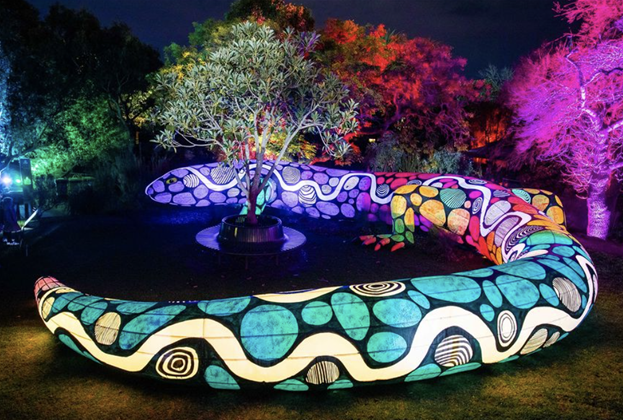Sydney Zoo has modelled a low-cost way to measure how often visitors come by car and how long they stay, using vehicle registration plate snapshots captured by its car park security operator.

The zoo, which is based at Eastern Creek and opened at the end of 2019, runs a Microsoft-based data stack, comprising a managed SQL server instance, Azure Analytics Service, and PowerBI as the presentation layer.
Senior IT manager Ronan Alonzo told the iTnews Podcast that the zoo had a range of analytics and reporting needs, from pricing to finance and park usage.
The need to understand visitation patterns, in particular, drove Alonzo and the zoo’s “BI guru” Prashant Shetye to try to find a low-cost way to generate those insights.
The result is a licence plate analytics model, which is not only used to understand visitation patterns but also for special event planning.
“Our security provider records all of the cars coming in and out of the park,” Alonzo said.
“They have a feature with their product where they can take a snapshot of every single licence plate that comes in and out of the park.”
That data is fed into Azure Blob Storage, from where it is picked up and ingested into the analytics model.
“Essentially, those snapshots of licence plates that come in and out of the zoo are being stored in the blob. They have a file name, the licence number, and the timestamp of when they came in,” Alonzo said.
“That's all we needed to produce a bunch of insights on dwell time, frequency, how many visits they've made at the zoo, when was their last visit.
“[For us] it's about being smart with the data we have, leveraging that and working with vendors to keep costs low, and where, because we have this in-house resource [Shetye] to do all of the cool stuff, that’s an easy ‘low hanging fruit’ for me to do.”
Alonzo said that output from the model had also been used when planning for special events at the zoo, including GLOW, which is a light festival.
“There aren't many light festivals in Western Sydney, so the zoo wanted to be one of the first to do it,” Alonzo said.
“The insights that we gained from that licence plate analytics was to help support the car park and give guests the best experience possible. If we were going to throw a few rides there, put in an ice skating rink, obviously, that's going to reduce the car park space, which is going to create an impact with social media comments that we were going to get [about] wait times and people wanting car spaces”.
Alonzo - who founded the zoo’s IT team, and was employee number 34 - said the zoo had originally planned to deploy a large number of wi-fi access points throughout the park, both to provide internet services but also to collect some basic analytics from customers such as dwell time.
But as the zoo build progressed, it became clear that not all of its technology plans could be fulfilled prior to opening.
“We lost a big chunk of the original plan for what access points were to be laid around the zoo,” Alonzo said.
“We really wanted more to get that insight from customer journeys and dwell times but it ended up being, 'Okay, how many do we need just to get internet out there?’”
Visitor analytics is not the only use case for data.
Alonzo said that after opening, it became clear that different functions within the park had different analytics and reporting requirements that weren’t being met.
Data was siloed between teams and systems, and so a decision was taken to stand up a business intelligence infrastructure and to hire Shetye, who was only the second employee in IT.
“The hunger for data and insights was fierce,” Alonzo recalled.
The most important dataset used by Sydney Zoo comes from its point-of-sale and ticketing system, which is powered by CustomLinc.
“In essence, we started sucking up all of the data from our POS system, which was the system that managed all of our admissions, our ticketing, our memberships, our food and beverage sales, our retail shop sales, and all of the forward bookings, etc,” Alonzo said.
With Power BI set up as the single source of truth, the zoo was able to meet its varied analysis and reporting requirements.
The setup has also been used to experiment with products and pricing, to understand how changes are received and how that impacts other parts of the zoo.
Alonzo said that Power BI had “become a monster, but a good monster at that.”
“It's continually providing us with valuable insights to what we should be doing.”




.jpg&h=140&w=231&c=1&s=0)
.jpg&h=140&w=231&c=1&s=0)




















